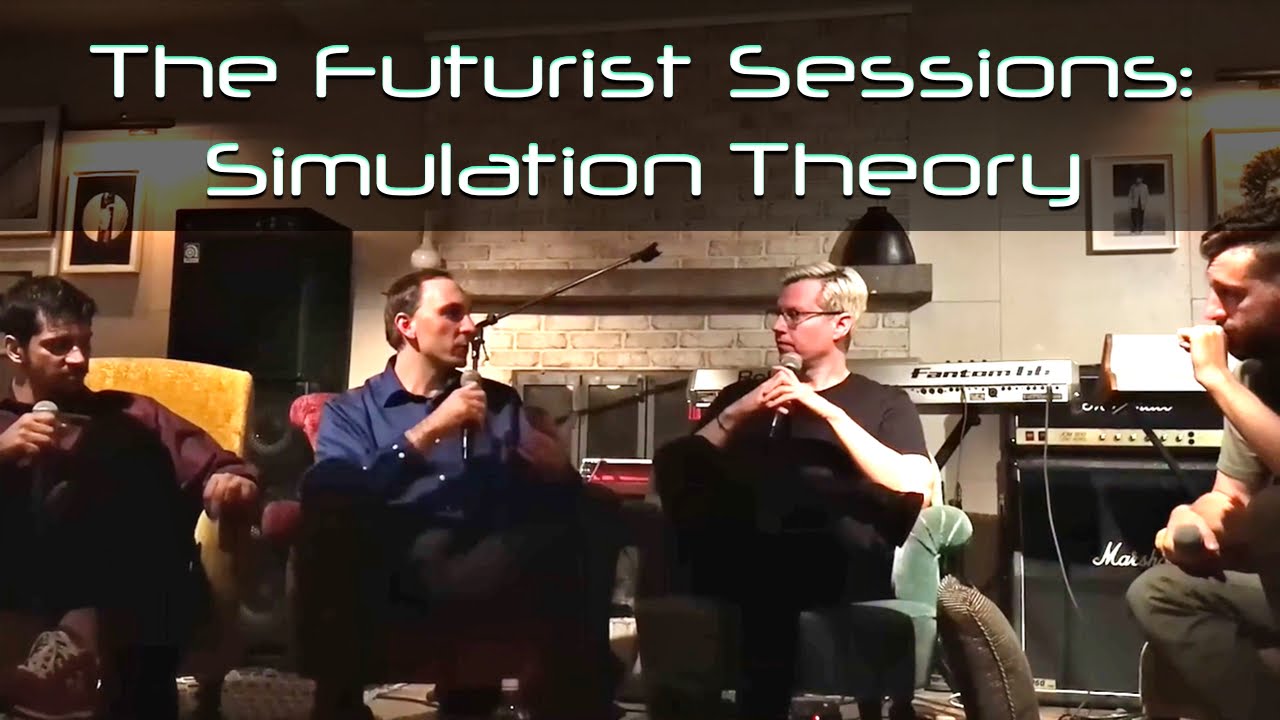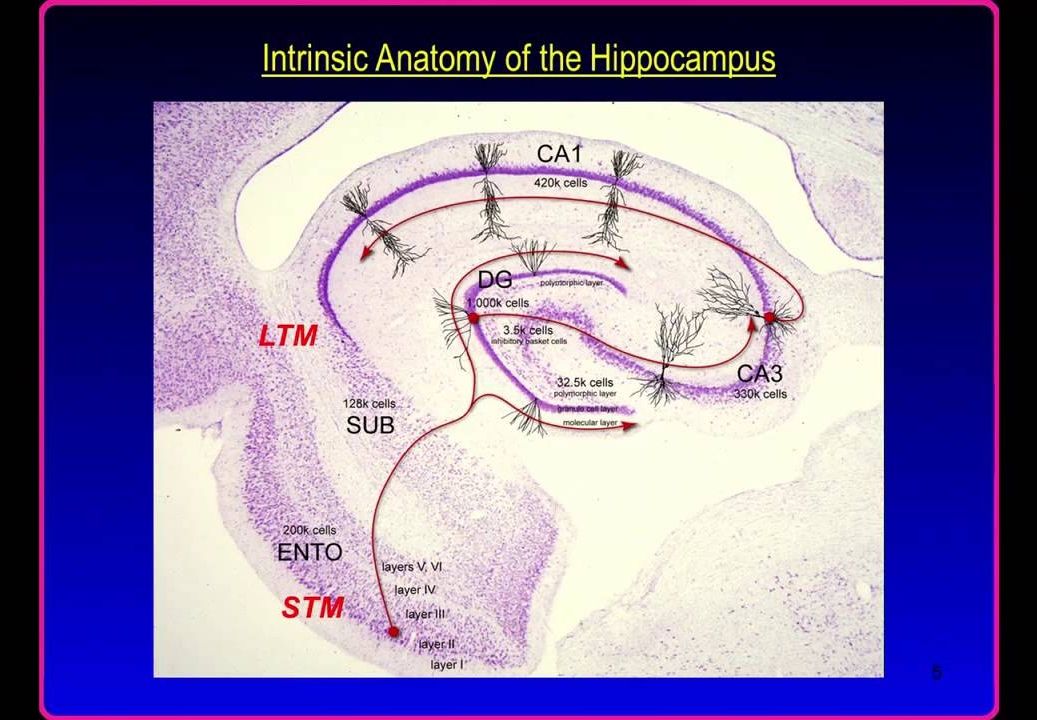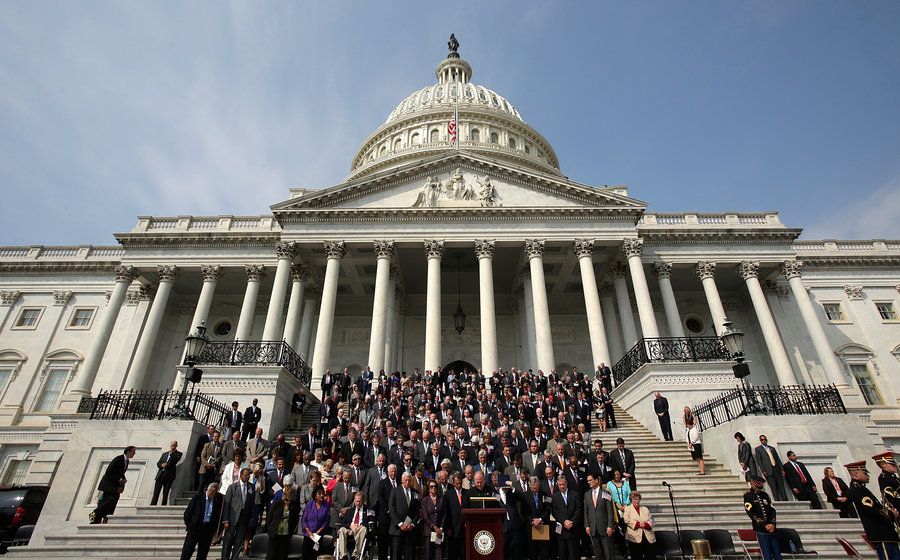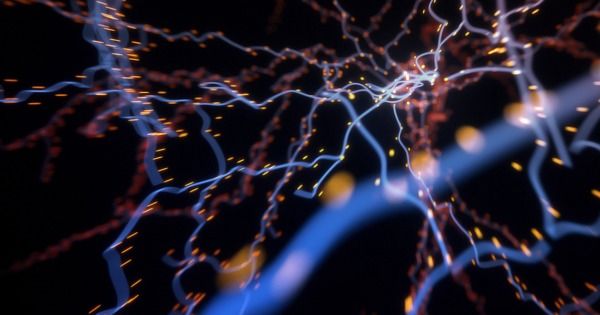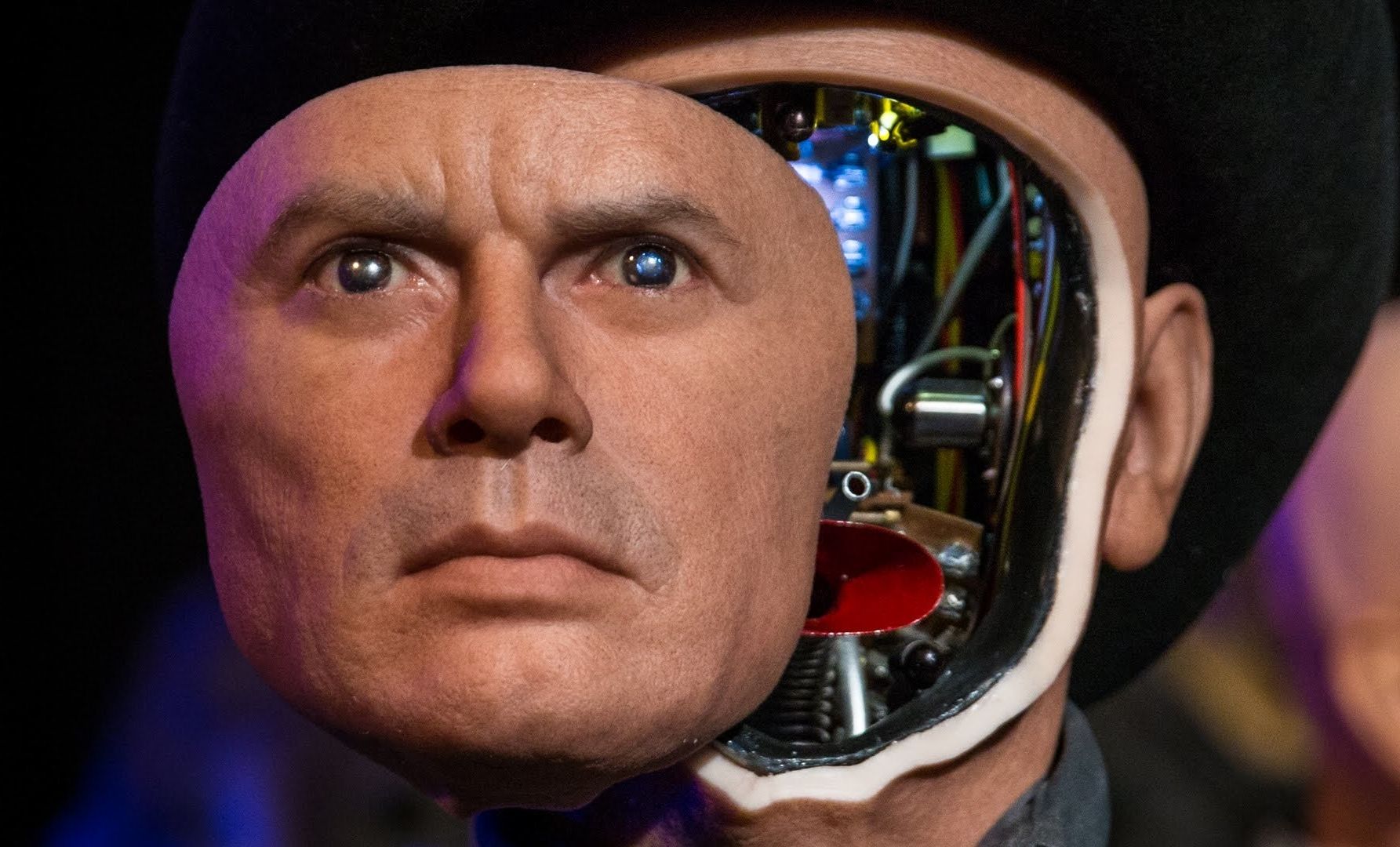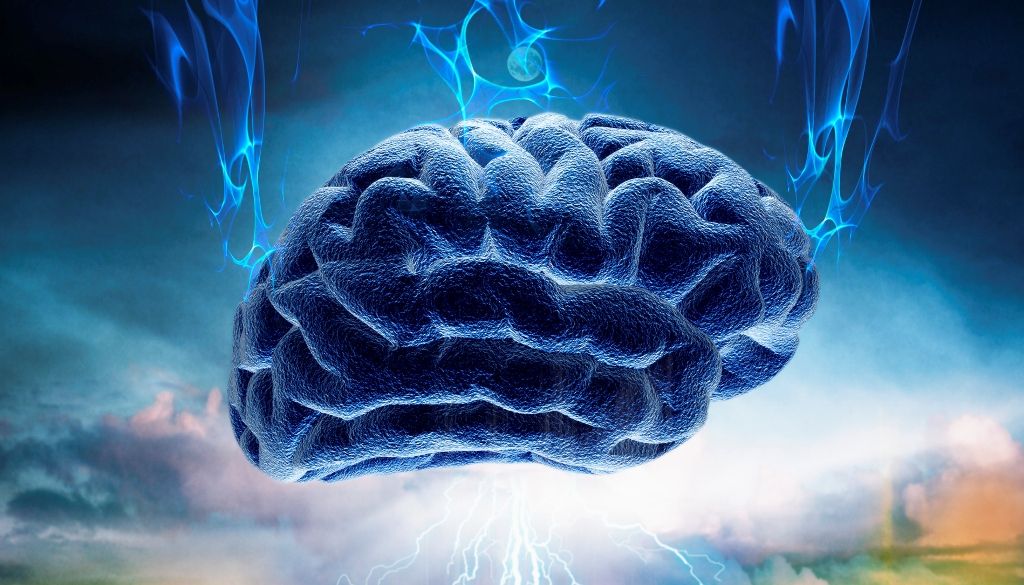Feb 2, 2017
What Quantum Gravity Needs Is More Experiments
Posted by Karen Hurst in categories: mathematics, particle physics, quantum physics
Agree; math is a must. However, experimentation is when the rubber meets the road.
In the mid-1990s, I studied mathematics. I wasn’t really sure just what I wanted to do with my life, but I was awed by the power of mathematics to describe the natural world. After classes on differential geometry and Lie algebras, I attended a seminar series offered by the math department about the greatest problem in fundamental physics: how to quantize gravity and thereby bring all the forces of nature under one theoretical umbrella. The seminars focused on a new approach pioneered by Abhay Ashtekhar at Penn State University. It wasn’t research I had previously encountered, and I came away with the impression that the problem had been solved; the news just hadn’t yet spread.
It seemed a clear victory for pure thought. The requirement of mathematical consistency also led, for example, to the discovery of the Higgs boson. Without the Higgs, the Standard Model of particle physics would stop working for particles that are collided at energies above 1 teraelectron-volts, well within the range of the Large Hadron Collider. Probabilities would no longer add to 100 percent and would cease to make mathematical sense. Something new thus had to turn up once that energy was crossed. The Higgs was the simplest possibility that physicists could think of—and, sure enough, they found it.
Continue reading “What Quantum Gravity Needs Is More Experiments” »


